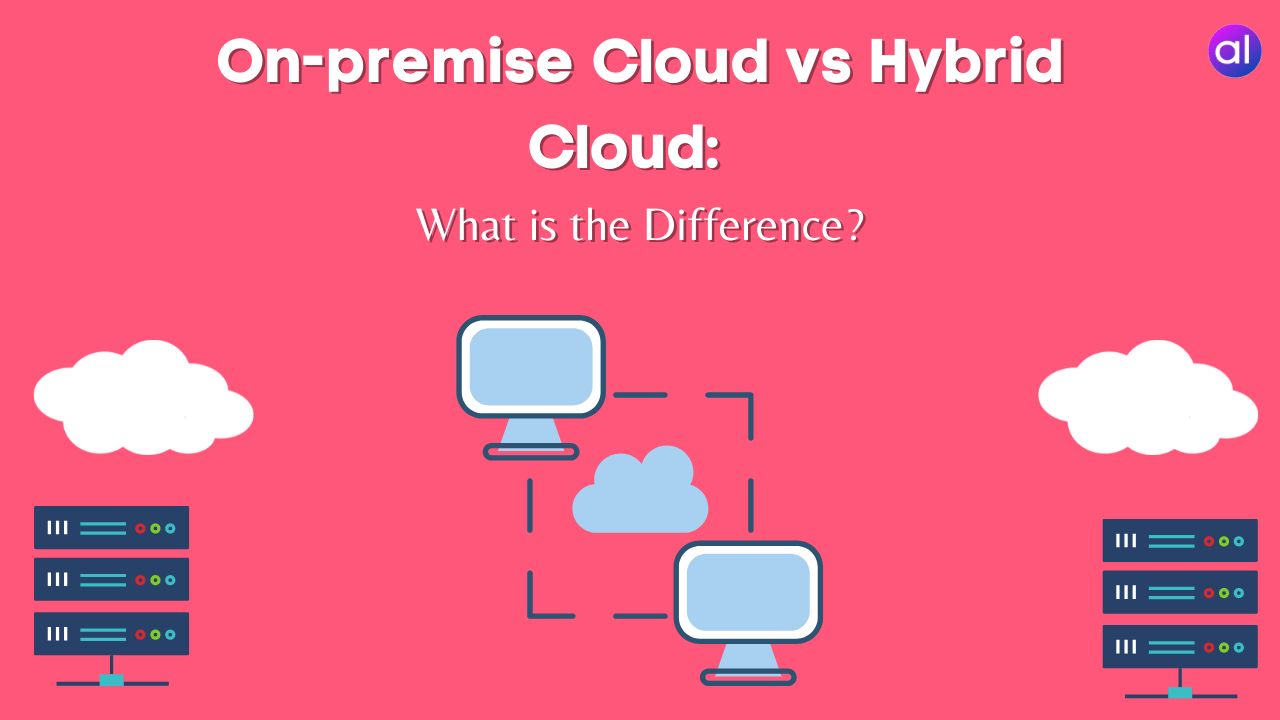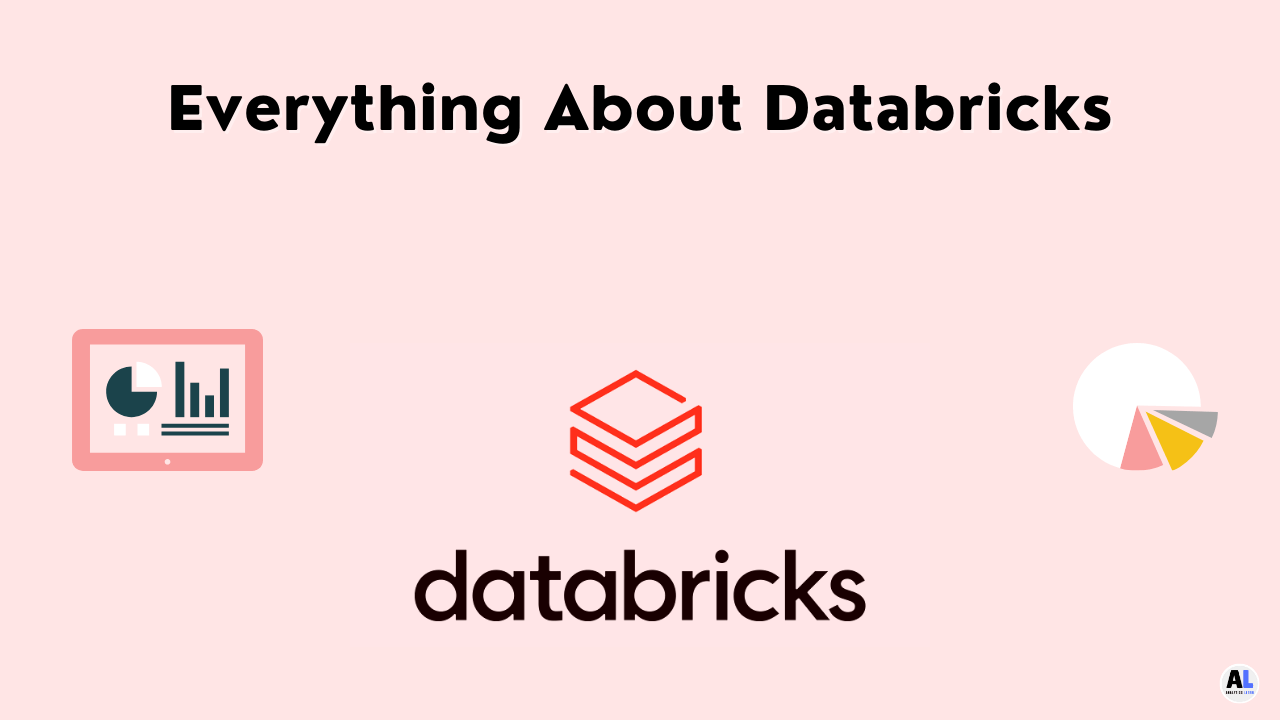In this blog, we will discuss the difference between On-premise Cloud vs Hybrid Cloud and also going to see the usability of each one in detail.
On-premise cloud and hybrid cloud are two terms that are often used interchangeably but don’t mean the same thing at all.
While they may seem like they refer to the same thing, on-premise and hybrid clouds can actually refer to very different concepts.
Understanding the differences between on-premise and hybrid clouds will allow you to choose the one that fits your business needs best!
On-premise Cloud vs Hybrid Cloud
The big difference between an on-premise cloud and a hybrid cloud lies in how they are managed.
An on-premise cloud requires that you hire and manage your own IT department while a hybrid model relies on third parties to keep up operations.
The decision depends on factors such as your company’s current situation, business plans, and budget, making it imperative that you consider all of these things before taking either route.
I have talked about what an on-premise cloud and a hybrid cloud are and their differences, but we need to take one more step back by looking at what exactly constitutes those terms.
In addition to saving money through cutting down on staffing costs and maintenance fees, using a private cloud allows you extra flexibility regarding storage space since there will be no need for expensive upgrades down the line should your needs grow further than expected.
What is On-Premise Cloud?
An On-Premise Cloud is when your business keeps its data servers within an organization and manages them internally.
It has all of its data servers located in one place, An example of an On-Premises cloud would be Google Docs, any system that uses your servers to store your information and where you manage how, when, and where you share that information.
There are numerous types of on-premise clouds. Examples include internal servers at a dedicated location or a small team inside an organization, such as with VDI systems.
Alternatively, it could be using closed source applications and systems such as Salesforce or Box.
Related Article: What is an On-Premises Cloud? | Traditional Data Centers
What is a Hybrid Cloud?
Instead of going all-in on one type of cloud, many businesses choose to start with a hybrid cloud.
This gives them options and flexibility as they move forward. As your business needs change, you can easily transition from a hybrid system to an on-premise or off-site system.
If you find that you don’t need to store all your data in multiple locations, you can always just go with an on-premise or off-site system instead.
You aren’t locked into either choice; pick what makes sense for your specific business needs.
A hybrid cloud also called on-premise cloud hybrid or multi-cloud storage means that you have a mix of both On-Premise Cloud and external cloud hosting.
Your information can reside in multiple places including outside your own country or on other continents.
You might want to do it for either redundancy or if you want to access from multiple locations or sites with internet connections, then a hybrid cloud solution will serve as a great fit for your needs.
Related Article: What Is Cloud Computing? – Example, Components, Platforms
When to Use Which Type?
Both on-premise and hybrid clouds have advantages, If you’re a small business just starting out, an on-premise cloud might be your best bet.
You can buy your own hardware and data center space, so if anything happens, you don’t have to worry about not having access to your data because someone else owns it.
Even though on-premise costs more upfront than using a hybrid cloud, in some ways using on-premise will cost less over time since you won’t need to pay any recurring subscription fees for software as long as you keep buying new servers every couple of years.
Whether you go with on-premise or choose a hybrid model depends largely on how quickly your company expects to grow and how large of an infrastructure setup it needs immediately versus its expectations for further growth down the road.
Related Article: Data Migration From On-Premise to Cloud: How it Works?
Which Deployment Option is most Secure?
Most people decide on a hybrid deployment, as it provides all of the benefits of both models without any drawbacks.
Many small and medium-sized businesses (SMBs) opt for an on-premise deployment because they don’t see any value in a public cloud.
However, that same SMB wouldn’t be able to realize many of the other benefits offered by going with a hybrid approach either.
An on-premise model often doesn’t provide enough flexibility or scalability needed to meet future requirements.
Moreover, it can lead to compatibility issues if your business eventually decides on switching providers or platforms.
The bottom line is that most companies have trouble deciding whether they should go with an on-premise cloud or a hybrid model.
A better question might be which deployment option is most secure? For example, Both options involve using access control lists (ACLs), but with mixed results.
Which Deployment Method is the best for you?
When it comes to deciding whether an on-premise cloud or a hybrid cloud deployment model is best for your business, there are a number of factors to consider.
Chief among them is how important security and control are for your business’ data.
If you need to keep as much control over your data as possible, on-premise deployment can help you retain that control while still taking advantage of several cost benefits.
On-premise clouds also give you greater flexibility in adding additional storage and compute resources.
What is On-Premise Software?
The real-time cloud can be a great way to avoid internal software fees, but it comes with downsides.
With an on-premise software system, your company has full control over its data and where it’s stored.
You might not have access to all your data in real-time, but you’ll never need to worry about that information getting lost or stolen from a third party.
However, you will need to invest in some significant up-front costs and keep your own IT specialists on staff. For large companies with big budgets, on-premise solutions make sense.
What is Cloud Computing?
There are many types of cloud computing services, but they can be generally categorized as public, private, or hybrid.
On-premise cloud computing involves hosting data and applications on your own servers that you maintain, while a hybrid cloud includes an on-premise component and offsite storage in a third party’s servers.
In short, it’s simply two different ways of using resources to build out your network infrastructure to support your company’s needs.
It comes down to whether you have your own set of servers on location with access from anywhere through an internet connection, or if you use someone else’s (i.e., Google Apps for Work) for software and information sharing purposes.
The choice boils down to what makes more sense for your business at any given time there isn’t necessarily one right answer for every type of organization.
Hybrid Cloud Solutions
When it comes to managing a hybrid cloud, there are many different ways to go about doing so.
Depending on what type of organization you have, what your infrastructure is and how you’re going to manage it, and a host of other factors, one solution might be better than another.
If you already have an IT staff in place, then having them work with a Managed Hosting Provider who can help facilitate setting up a hybrid cloud for your organization may be best for you.
Different Hybrid Cloud platform
Microsoft Azure and Google Cloud Platform are among two of the leading public cloud providers.
There are several other public cloud options to choose from, including Amazon Web Services, IBM SoftLayer, and Rackspace.
In order to use these services, you don’t have to pay in advance for an entire year.
So if you only need a service for a month or two you can use one of these services without paying for anything more than what you’re using.
Different On-premises Cloud Platform
On-premise cloud platforms are great when organizations want to control where their data is located and when they don’t have a lot of storage they need to store. Windows, Unix, and Linux are some examples of on-premise cloud platforms.
Organizations still have full control over their data even though it’s in a cloud-based system.
IT departments can easily manage them, using traditional tools and techniques that they already use within their own systems.
Conclusion
On-premise Cloud and Hybrid Clouds share common traits, but each has different operating procedures.
On-premise cloud systems are owned and operated by a business, typically on hardware in a single location.
A hybrid cloud also allows for some resources to be available outside of an organization’s network, with servers often being located at more than one physical site to maximize performance and scalability.

Meet Nitin, a seasoned professional in the field of data engineering. With a Post Graduation in Data Science and Analytics, Nitin is a key contributor to the healthcare sector, specializing in data analysis, machine learning, AI, blockchain, and various data-related tools and technologies. As the Co-founder and editor of analyticslearn.com, Nitin brings a wealth of knowledge and experience to the realm of analytics. Join us in exploring the exciting intersection of healthcare and data science with Nitin as your guide.










